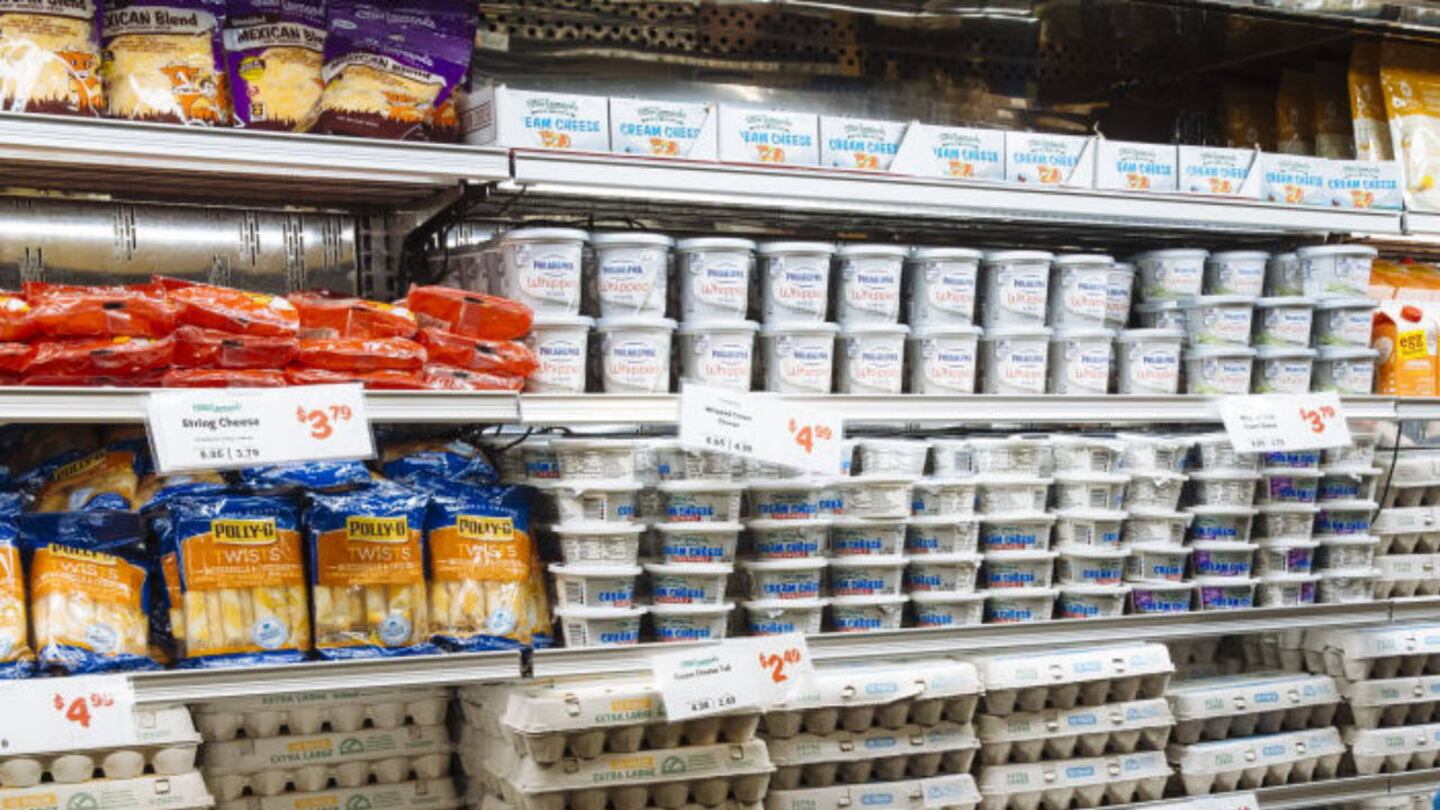Paper shortages were bad enough. Hand sanitizers have been hard to find. Cleaning items, too. Bread, some red meat, even baking ingredients? Difficult.
It’s a product of the coronavirus pandemic. And now, consumers are feeling a shortage in their wallets.
The cost of American groceries rose 2.6% in April, according to the Bureau of Labor Statistics. That marks the biggest month-to-month increase since 1974, CNN reported.
Prices for eggs, fish, meats and poultry rose 4.3%, according to the Labor Department. Cereals and bakery products spiked by 2.9% , while the cost of dairy products and fruits and vegetables each jumped 1.5%.
Eggs saw the biggest increase, rising 16% in price.
The prices of groceries took an upward tick, while overall prices in the United States fell 0.8% in April because of decreases in the price of gasoline and oil, CNBC reported.
“Food price gains were robust as we know there are empty shelves out there,” Peter Boockvar, chief investment officer at Bleakley Advisory Group, told CNBC in an email. “Demand we know in most areas of the economy has collapsed and prices are falling in response.”
Blame the higher prices on stay-at-home orders and the closure of restaurants. More Americans began cooking at home, but food producers and farmers were unable to keep up with the demand of shifting deliveries from restaurants to grocery stores, CNN reported.
Panic buying has not helped. Customers hoarding different kinds of foods have created shortages.
“In areas where demand has hung in, like ‘food at home,’ we have inflation because the supply side has been damaged, whether directly via infected facilities or because of the higher costs of finding freight capacity,” Boockvar told CNBC.
>> Coronavirus checklist: 100-plus disinfectants that may kill coronavirus on surfaces
>> Coronavirus symptoms: What you need to know
>> Coronavirus: Know the facts directly from the CDC
>> Coronavirus: Can the government make you stay home if you are sick?





